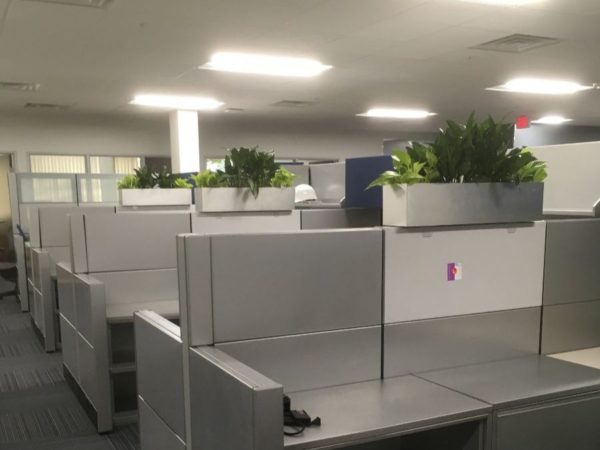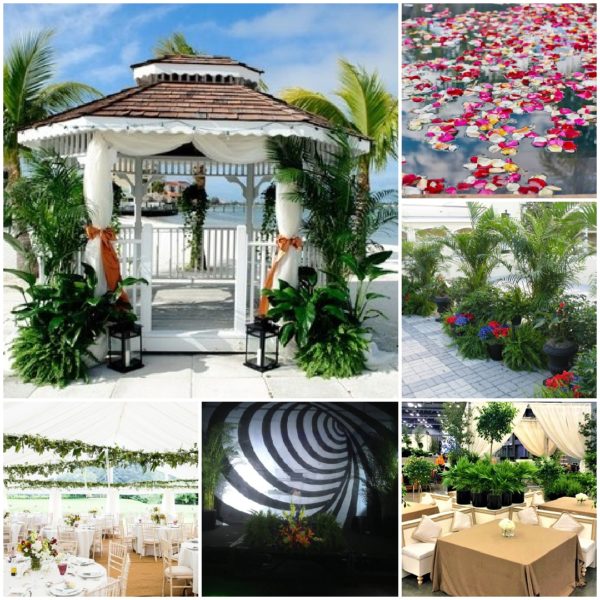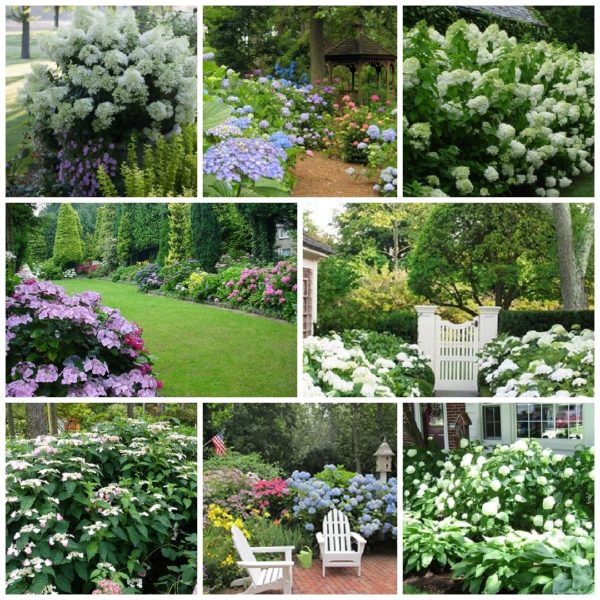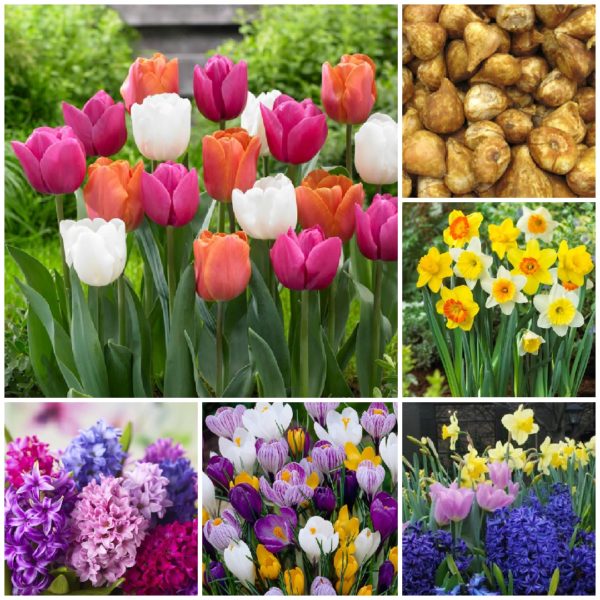What’s Budding

What’s Budding

Rooms within Rooms
We worked with new clients recently with a fairly common modern workspace problem. Their open office plan left employees feeling exposed and without privacy. An additional effect of the change was that the single large open space created a lot of sound bounce, making the room as a whole seem much louder, and making phone conversations challenging. The trend toward laminate floors or very low pile carpeting further compounds the sound issue.
Fortunately, they called us for some assistance. We were able to recommend several types of planters and plants to help the environment become more productive for the staff. Using rectangular fiberglass planters with full, bushy plants that grow in an upright fashion, we created a divider wall around desk and seating areas. This allows a visual screen, so the person at the next desk is no longer making eye contact.
In another instance, adding groupings of plants in a variety of heights and textures absorbs sound and makes hearing a phone conversation easier. Placing those groupings where visitors or interviewees wait creates a calming effect as well, and makes the space more inviting for those considering working for the client. People are more comfortable in a planted space, and have less anxiety when working with plants nearby. https://greenplantsforgreenbuildings.org/about/
Another tactic that we sometimes use when the client has workstations with low divider walls is to attach rectangular planters with both upright and vining plants to top those dividers. Again, eye contact is cut off, sound is absorbed, and the sense of well-being increases for staff by increasing their productivity and reducing illness and absences statistically.
Plants work in concert with other design elements to create a good workspace environment. Often a design is altered between concept and final occupancy, and plants are often a cost-effective addition to bridge minor issues that come up. When a space has been designed to be flexible for a variety of uses, the proper plants and planters can move with the furniture to adapt to the need. Call Carol or Kathy for ideas that will enhance your space for your needs.

On the Green Side

Event Plus Plant Equals Excellent!
We love to use tropical plants in unique ways to create temporary settings. Spaces as varied as tents, stages, patios, theatres, churches, pavilions, motor homes, arenas and even treehouses can be embellished with temporary plants and flowers. We don’t limit ourselves to the traditional. We love to work with draping lights, Spanish moss, special fabrics, specimen plants, floral arrangements, succulents and personal touches with color or mementoes. We work well with venue staff to coordinate timing and access, and we leave the work location clean at set-up and at take-down.
Luau? Add palms, hibiscus, orchids and bromeliads to create the beach party feeling – sand optional.
Wedding? Lit trees, lush florals, Boston ferns and color-themed accents will be pleasing on a modest budget.
Gala fundraiser in a garden? Small pools with fountains and floating florals will impress and delight.
Concert pianist performing? Use tall Arecas and spathiphlums to frame the view and reduce unwanted sound bounce.
Golf tournament, music festival or horseshow? We love working outdoors!
Whether your special event is indoors or out, private or public, we are here to help!
Digging In

Hydrangeas
Hydrangeas produce a captivating display of flowers, and come in so many shapes, heights, and colors, which makes them the ideal plant for most gardens. Hydrangeas can be planted as foundation plants, in hedgerows for privacy in the summer months, as garden focal points, and the dwarf varieties work well in a fairy garden.
Hydrangeas also make great transition plantings from a manicured lawn to a woodland. Larger-growing hydrangeas can help define rooms in a garden. The cool colors of the flowers, when used as walls, create the illusion of a much larger space. Depending on how they are arranged, hydrangeas work well in formal, cottage-style, and woodland gardens.
There are six main types of hydrangeas:
Panicle Hydrangea: Hydrangea paniculata
The most cold-hardy Hydrangeas of all, H. paniculata, are known for their cone-shaped flower heads. The large blooms typically start out white and may turn shades of pink, before drying to beige. If left to dry on the plant in fall, they’ll stay looking good all winter. The flowers of Panicle hydrangeas aren’t subject to frost or winter damage in the spring, since they bloom on new wood.
Panicle hydrangeas can be tall and wide or compact depending on the variety, which means there’s probably one for most situations. Panicle hydrangeas are the only type of hydrangea that can be pruned into a beautiful tree. When in full bloom, hydrangea trees add elegance, structure, and dramatic effect.
Hydrangea ‘Bobo‘ and Hydrangea ‘Quick Fire’ are two of…

The Buzz

Spring Flowering Bulbs
One of the joys of spring is the bright colors of tulips, daffodils, hyacinths and other early blooming bulbs making their appearance in gardens and landscapes. The challenge is that spring color requires fall planting, which means planning begins now.
Tulips come in many bright and pastel colors, heights and a range of bloom times. Variegated and ruffled varieties can be true show-stoppers. Unfortunately, they are a favorite meal for deer, and are often one of few green plants out early, at a time deer are especially lean and motivated to graze in our yards. Tulips are also generally less hardy long term – the tall, single-flowered favorites often must be replanted every 3-5 years. There are many tulips that are shorter, multi-flowered and much more durable, but you won’t find them at most retail stores- you need to order them.
Daffodils come in many shades of yellow, white and even peach or pink. There are some that combine two colors with the free petals or perianth in one color and the tubular corona in another color. A few varieties are sweetly-scented. Selecting several varieties can extend bloom time. These beauties are toxic, deterring deer and other critters from making a meal of your flowers, though they may still be dislodged by burrowing rodents, which typically push them aside. Many varieties will thrive and slowly increase by offsets of new bulbs.
Hyacinths are heavily-scented beauties with many color possibilities, including colors not commonly found in most other bulbs, like amber, rust and salmon. These are rather stout plants with heavy, waxy leaves that can be grouped for serious color and scent saturation.
Crocus are the little lovelies that bloom so early and have such small and delicate foliage that they can be planted right in the lawn. They grow, bloom and fade away before mowing commences.
There are literally dozens of other bulb species, considered “minor bulbs” in the trade, that are perfect for small nooks, early bloom, etcetera. Again, you won’t find them in stores; find a bulb geek or search specialty growers.
The greatest resistance to using these spring bloomers is usually the aftermath of bloom. The foliage must be allowed to stay on the plant until it turns yellow and droops down, allowing the bulb to store the food needed for bloom next spring. Alone in a mulch bed, this can be a sad scenario, but interplanted with hostas, astilbes, hardy geraniums or a ground cover like vinca, pachysandra or lamium. The bulb foliage can be easily twisted and tucked below the foliage around it once the bloom is done and the leaves have softened and yellowed. One can treat the bulbs as annuals and simply pull them after bloom, but most people find them worth a bit of extra planning and grooming for that repeating spring show.
Copyright © The Plant Professionals